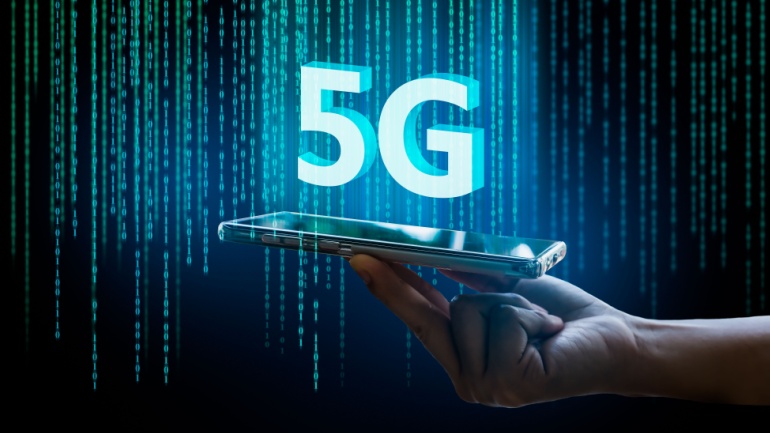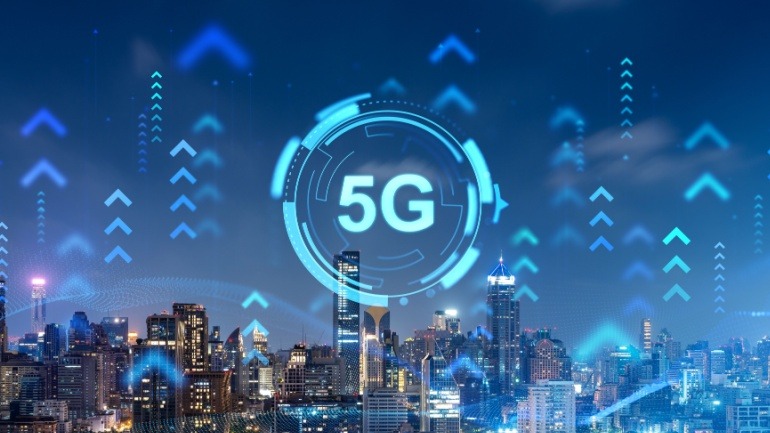M1 has launched Southeast Asia’s first 5G RedCap network services, enhancing its role in the 5G-Advanced arena by integrating existing IoT technologies with comprehensive 5G solutions. RedCap offers lower latency and extended battery life.
The Global Mobile Suppliers Association (GSA) is championing the development of 5G Reduced Capability, known as RedCap, by forming a focused group. This initiative is crucial for propelling 5G’s ecosystem forward, backed by industry giants like Ericsson, Huawei, Qualcomm, and MediaTek.
T-Mobile US and TCL have unveiled a revolutionary 5G RedCap USB-C dongle, the TCL LINKPORT IK511, in North America. Utilizing the Snapdragon X35 5G Modem-RF System, it delivers impressive speeds up to 220Mb/s.
Samsung and MediaTek have successfully tested 5G Reduced Capability (RedCap) technology over virtualized Radio Access Networks (vRAN), potentially extending battery life for IoT devices. The test, carried out in Samsung’s R&D lab in Korea, utilized Samsung’s vRAN 3.0 software, OpenRAN compliant radio, and MediaTek’s M60 modem-equipped RedCap testing platform.
Ericsson, Vodafone, and Qualcomm Technologies recently pioneered data transmission via RedCap on a European network for the first time, unlocking a more streamlined, efficient mode of connectivity for IoT and other devices. Tested on Vodafone Spain’s 5G platform, the Ericsson’s RedCap technology enhances connectivity potential while providing economic and efficient data transmission. Furthermore, the demonstration introduced a new technology, New Radio Light, for extending battery life of customer devices.
Telecommunication giant BT, in collaboration with Nokia and MediaTek, is exploring the potential of 5G Reduced Capability (RedCap) for Internet of Things (IoT) applications. Recently conducted trials at BT’s research centre aimed at uncovering new use-cases for this technology, which, simplified and less complex than 4G, promises a more efficient IoT ecosystem. As suggested by BT’s Chief Networks Officer, Greg McCall, the RedCap technology could “unlock a new wave of innovation” within the 5G landscape.
Telefonica Deutschland recently conducted a successful trial of 5G RedCap devices, promising to revolutionize IoT connectivity. Offering increased data rates, minimal latency, and longer battery life, this development is one step closer towards creating a smoother and more efficient IoT field.
Ericsson and e& UAE have embarked on a transformative three-year initiative to enhance the UAE’s 5G network. By deploying Ericsson’s cutting-edge radio technology, the collaboration aims to introduce 5G Advanced features and achieve a significant commercial rollout of Reduced Capability in the Middle East and Africa.
M1’s partnership with Ericsson promises to revolutionize Singapore’s 5G transport network by integrating cutting-edge automation and analytics tools. This collaboration focuses on enhancing network visibility, control, and energy efficiency, making use of AI and machine learning. M1’s initiatives are set to boost connectivity, sustainability, and enterprise efficiency.
Rogers Communications’ initiation of Ericsson’s 5G Advanced technology in Canada sets a new standard for telecommunications, focusing on enhancing network efficiency and IoT connectivity. This advanced technology optimizes wearables, sensors, and essential services for emergency responders.













